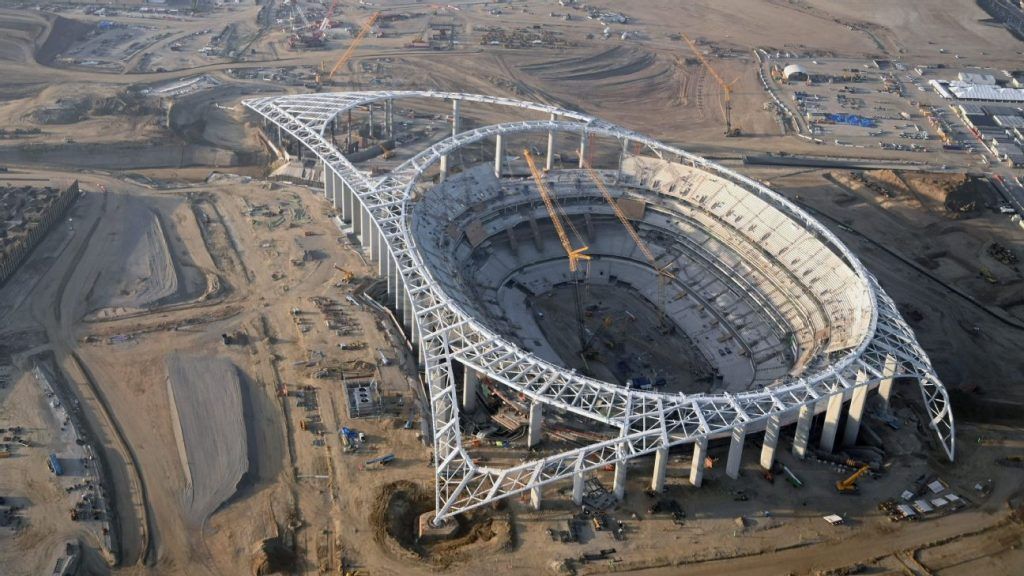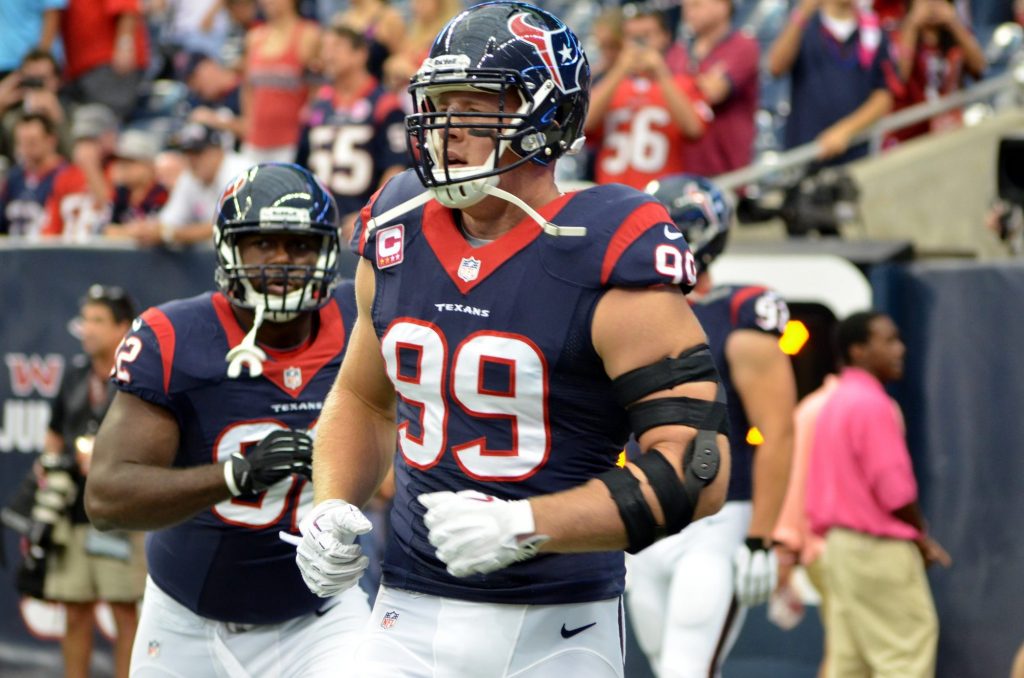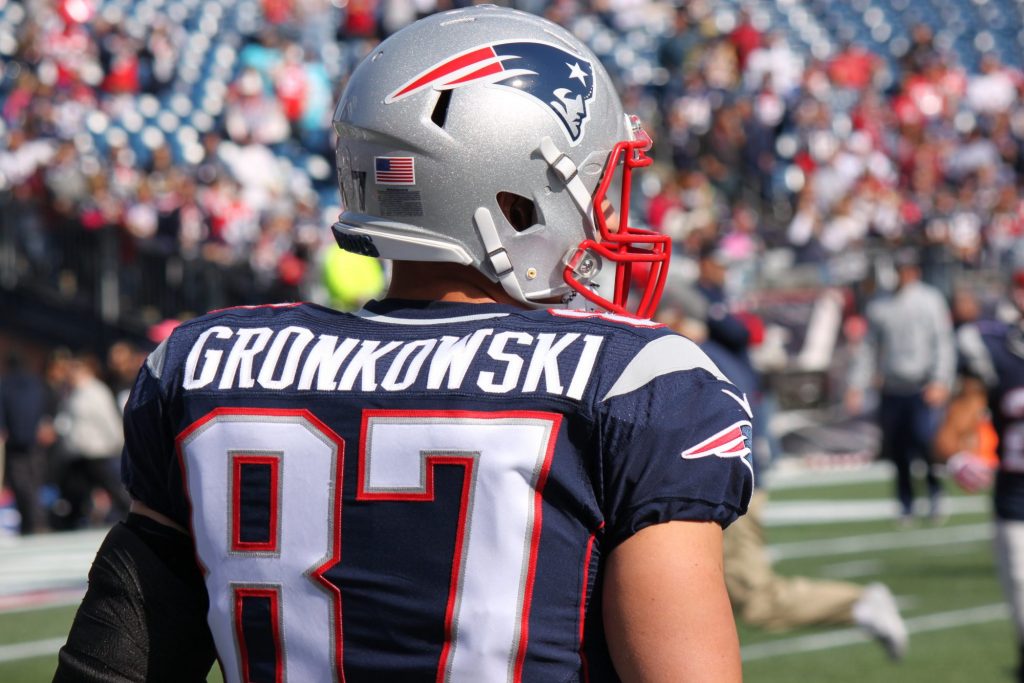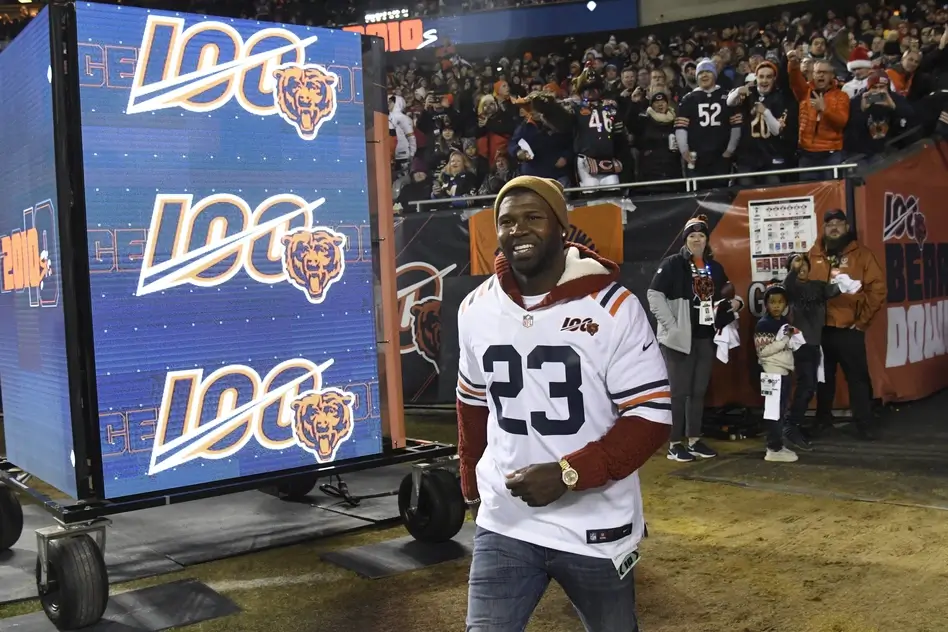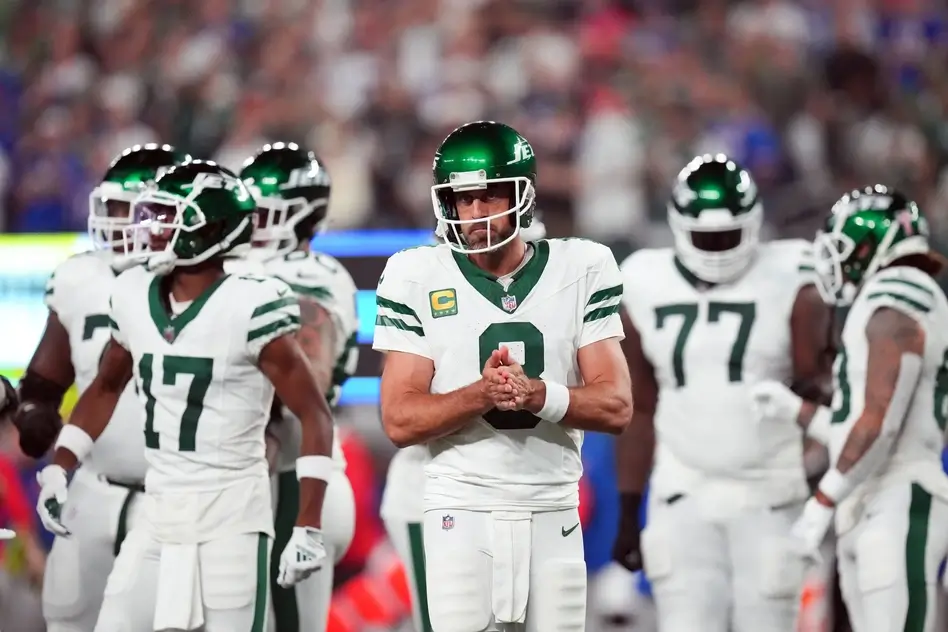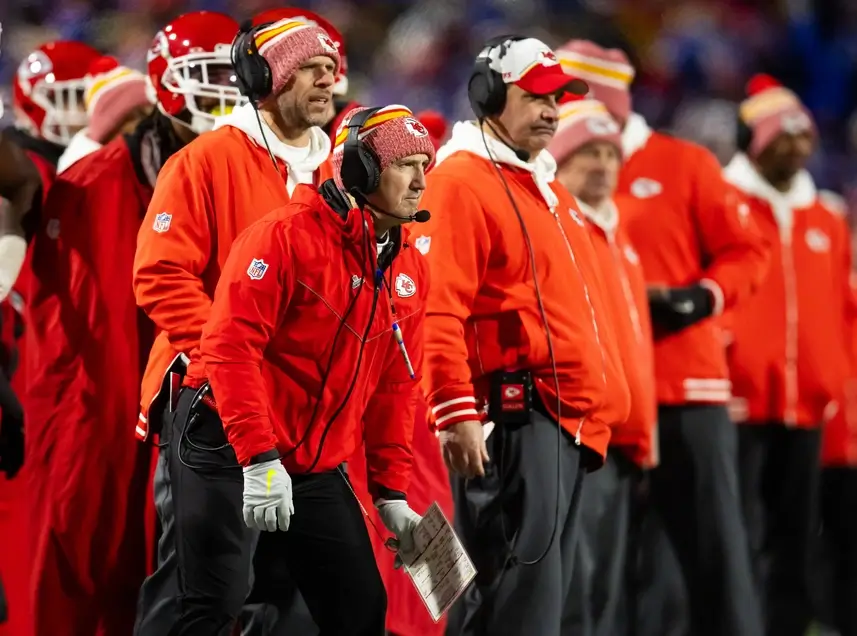The Los Angeles Chargers had everything scrambled and mixed up in their contradicting 2019 campaign. More often than not, they put on quality on-field performances during the NFL regular season. Yet, they just couldn’t get the job done en route to a 5-11 record and 4th place in AFC West, missing the playoff one year after reaching the Divisional Round.
The Chargers didn’t use the 2018 team to complete the construction of an AFC contender due to numerous factors – bad situational football, injuries, and even bad quarterback play.
Philip Rivers had an up-and-down year, with more downs than ups, and now the sixth overall pick in the NFL Draft shocked his job to the point where we’re a month and a half away from draft night and Rivers has already informally parted ways with the organization he spent 16 seasons with. He joins a player pool of QB options both on the free-agent market and via the draft that more than one or two teams will look into starting March 17 when free agency opens (unless CBA complications occur).
Despite Rivers struggling for the most of 2019 and Melvin Gordon taking the field no earlier than Week 5 after holding out, the numbers showed how the Chargers were, at least statistically, a well-balanced machine that was supposed to be competitive to at least the three AFC Wildcard contenders that got the race down to the wire – Buffalo Bills, Tennessee Titans, and Oakland Raiders (they were still mathematically alive in Week 17).
Los Angeles was out of it before the season hit its dying moments. The numbers play a good storyteller of the Chargers “what if” 2019 story: they finished 10th in yards per game and 6th in fewest yards allowed per game, in addition to 5th in fewest passing yards allowed through the air and 11th in fewest points surrendered per game. Gordon averaged a mere 56 yards per game after re-joining the Chargers but for a back of his calibre, a bounce-back year certainly isn’t to be left out of any imagination, especially after he’s received the long-wanted huge paycheck this upcoming offseason.
They didn’t close it out on offence – the same applies to their games overall. This offseason has the potential to break up the balance that would otherwise be improved upon. However, a lot is bound to change as the Chargers head to their first season at SoFi Stadium.
Finances, departures, and needs
All of the notable Charger players on expiring deals are in problematic places on the field, either financially or performance-wise.
Rivers is leaving, that is no longer a topic after they announced it weeks ago. Are there more top LA Chargers leaving? You bet there are.
Melvin Gordon and his reps will once again sit at the negotiation table with Chargers general manager Tom Telesco after his hold out last fall proved to be harmful to both sides. Meanwhile, starting right guard Michael Schofield, safety Adrian Phillips and TE Hunter Henry are all also set to hit the market. Low-cost subtractions include valuable running back Austin Ekeler.
Time to get to their salary cap space. It currently stands at $51,753,772, per Spotrac. There is a lot of work to be done in a lot of areas within the Chargers personnel, so they might not be ultimately able to re-sign each of the free agents who made a difference for them last year.
There were more than a few weaknesses for the Chargers that were worth mentioning. Most of these had to do with one particular field of an issue – the defensive line. Chargers pass-rushers sacked opposing quarterbacks just 30 times, fifth-fewest in the league, while also being in the top 15 of the worst defensive units against the run. If the team wants to have any chance of preserving, or even deepening, the balance between their units, they will have to address those issues; they might become bigger problems if not fixed now.
A quick summary of what the Chargers will need to look into this offseason, in positions: QB, TE, RB, OL, DT/LB.
The (almost) ideal Draft scenarios
The current draft order within the top 10 could experience many changes, most of which during draft night on April 24th in Las Vegas. The Chargers are rumoured to have everything from drafting up for Tua Tagovailoa to choosing between two QBs at No. 6 with different playing styles, to trading down and settling for a veteran playmaker.
QB options on the FA market will be numerous but not fully satisfying for a team like the Chargers. Usually, teams in a similar situation are close to contention and would go for an experienced and proven QB. However, this year’s class has its fair share of downside that the Chargers might not want to taste.
Tom Brady is a wet dream for many teams’ fan bases, most notably to those who haven’t followed the league closely in the last two years. He won a Super Bowl and reached the playoffs both times – that doesn’t cover up the disaster of the second half of 2019. Jameis Winston had 30 interceptions, throwing to one of the most talented duos in football – Mike Williams and Keenan Allen, though breaking out in 2019, aren’t as impressive a duo as Chris Goodwin and Mike Evans. Derek Carr had the best campaign out of the three but the narrative keeps him from being considered as “a winner and a leader”. The only way any of these is the LA starting QB next year is if they get a young QB to develop behind a vet – that would mean no trading down and would pretty much erase Winston from the equation.
With the amount of versatility they lose this offseason, the Chargers shouldn’t want to lose picks to get Tua. Most signs point to either Justin Herbert of Oregon or Jordan Love of Utah State with the sixth overall pick. Love recently entered the conversation for the LAC selection but Herbert, in spite of a slow second half of the 2019 NCAA season, is older, more experienced and has better numbers throughout his collegiate career compared to Love’s turnover woes with the Aggies.
Later picks are all conditional when it comes to predictions. The second round could trigger either Purdue tight end Brycen Hopkins (if Henry doesn’t return) or USC O-lineman Austin Jackson (to further protect a rookie QB) to be chosen by the Chargers. The third round could see J.K. Dobbins (RB, Ohio State) fall down the board and take on some of Gordon’s workload if the star RB comes back and experiences downfall.
Re-signing Gordon, Schofield, Henry, and Ekeler
The former three make up the core of free agents that are most vital to the Chargers on the offensive side of the ball. Gordon and Henry are bound to each make close to $10 million a year, while Schofield, the centerpiece of the offensive line alongside left tackle Russel Okung, is also expected to easily pass the $5 million-a-year mark. This leaves LAC with nearly $20 million for improvements.
Gordon had a down year in 2019 but is capable of big things when staring preparation early on in training camp. Prior to 2019, he had two Pro Bowl selections with an 1100-yard season between those. Ekeler proved to be very efficient when used as an RB2. Henry had the third-most receptions on the team, after Allen and Ekeler, and more than Williams.
Splashing cash
DE/DT Shelby Harris
Harris participated in 16 games for the Broncos in each of the last three seasons but in 2019 he started 16 games for the first time and it paid off big time – he hit career-high with 6 QB sacks, 49 combined tackles, and 28 solo tackles. As the Broncos have DE Derek Wolfe higher on their re-signing wish list, they might have to let Harris go and provide a good opportunity for the Chargers to improve a D-Line that already includes Joey Bosa and Melvin Ingram on the edges.
Harris is projected to make $12.3 million a year in free agency, which means that LAC will have the available remaining resources to add another offensive lineman if they feel a rookie QB is exposed even with the return of Schofield and a full healthy year by Okung.


